Writing a book requires reaching out to many people you might not otherwise have cause to contact. Interviews and image research require countless cold calls. This part of the project required me to mentally psych myself up. And at the end, it is what truly exhausted me (I guess the result of being a borderline introvert).
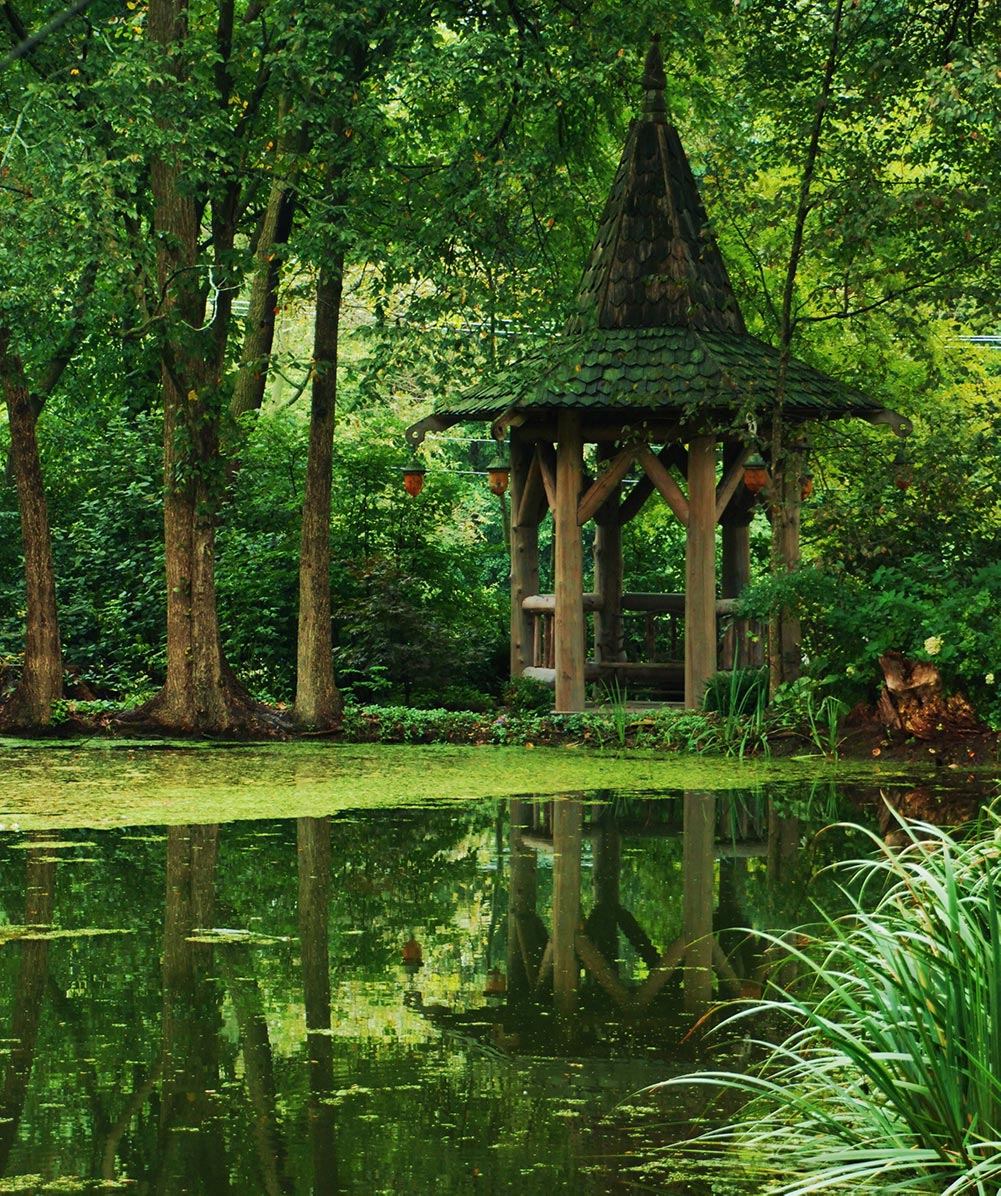
But occasionally, those conversations bloomed into something more, and new friendships and relationships were born. As was the case when I called up John Cullen of Celtic Gardens requesting to use this image. John and I ended up chatting for more than an hour that day, comparing notes, discussing our business projects and values, and generally moving way beyond the question of ‘Can I use your image in my book?’.
John has built his businesses – Celtic Gardens (a design-build landscape construction company in Ann Arbor, Michigan) and Celtic Garden Imports (which imports salvaged and aged building materials that are used as a sort of Celtic garden decor) on the idea of being a period gardener. That is, one who specializes in the design and creation of a specific style of historically referenced garden. (in this case, Celtic gardens)
If you’re looking for an Irish garden or a folly that looks like a ruin from somewhere in the countryside of England, Scotland or Ireland – he’s your guy.
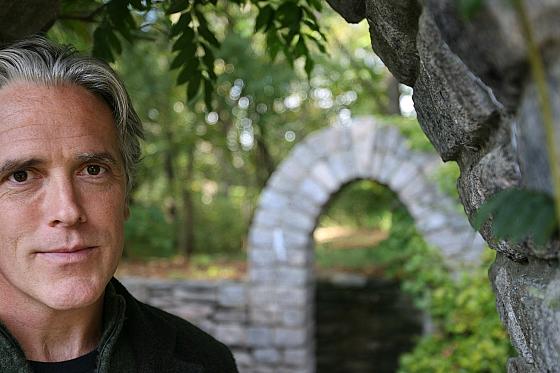
John regularly imports old and reclaimed stone stone, antiques, and other architectural salvage elements for his projects and clients.
You realize that there’s an immediate pedigree by adding old things – heirloom plants or materials.
-John Cullen
What defines a “Celtic Garden”?
Well, from these pictures, I would say a rustic elegance, old world beautifully detailed stonework, and lots of lush greenery.
Celtic Gardens has created Irish-inspired gardens all over the world. Their signature is stonework with a unique style that gives a garden a sense of antiquity and old-world charm.
This sunken garden is pretty in its own right. But I have to wonder if it might also be a great way of dealing with an unwanted and removed swimming pool.
The Celtic-style garden is meant to evoke the spirit of the Celtic lifestyle and the relationship that the Celts had with their natural surroundings.
With a reputation for having open homes and an outgoing nature, the Celtic Christian community created gardens that showed their sense of journey and adventure.
They sought to welcome visitors, give them a place to rest, reflect, and make music so that they could resume their journey nourished and refreshed.
I am not sure that I have thought of a garden having such a noble sense of purpose. But I like the sentiment and think I will keep it in mind when designing future gardens.
Do you think of your garden having a purpose like this? If so, what is it?
All images from Celtic Gardens, Image of John Cullen by ROMAIN BLANQUART, MCT
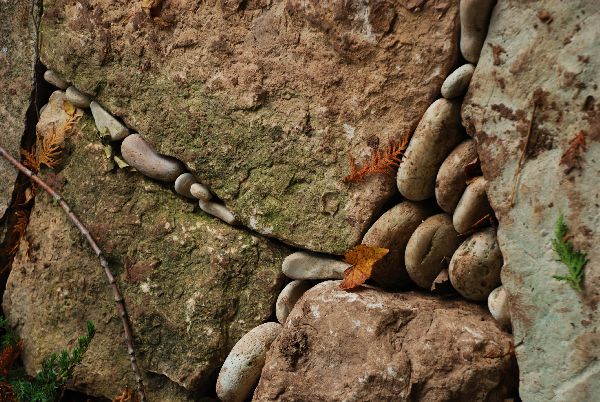
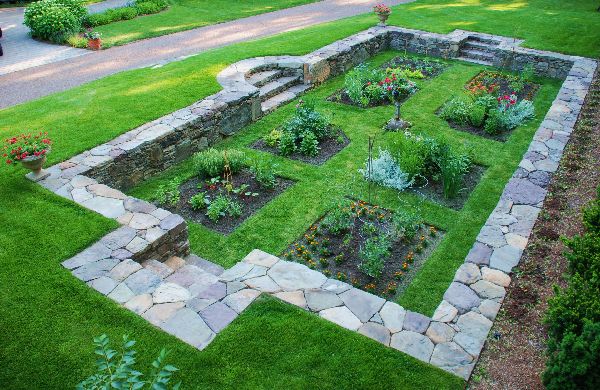
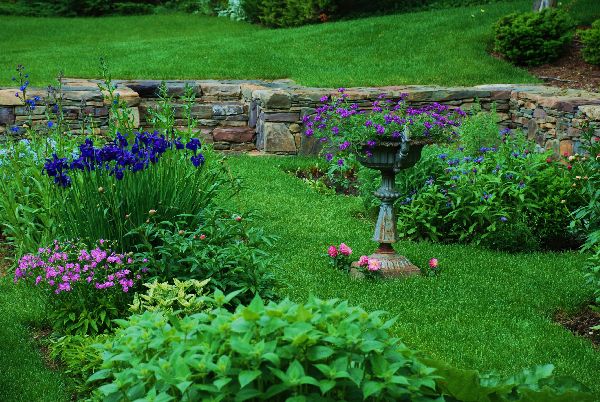
Wonderful stone work and inspiration!
I, too, am in the garden design/build trade. Like you, I never thought to describe my work as having a higher purpose, I make gardens and people enjoy them (or not). Until I reclaimed a derelict back yard for an elderly couple a few years ago. As I saw them taking an interest in the work, and then enjoying themselves outside, and finally having a glass of wine together at the side of “my” pond. Then it hit me like a ton of bricks. Once their children had moved out they had lost the joy of being outside. It was almost as though they had suffered an incidence of major depression. I transformed an abandoned swimming pool and spa into an environment that drew them out of the house and out of that malaise. It rekindled a romance with the outdoors. I was truly humbled by the experience.
Scott – such a great story (thank you for sharing) – I think we all need projects like that every once in a while.
I am just a gardener, and my garden doesn’t really have a higher purpose beyond giving me pleasure, however I do enjoy our Garden Open Today party in June, otherwise known as The Annual Rose Viewing when sometimes several hundred people stop by to smell the roses, learn about hardy, disease free roses, and sit for a while in the shade and comfort of The Cottage Ornee, and visit with old friends, as well as new gardeners.